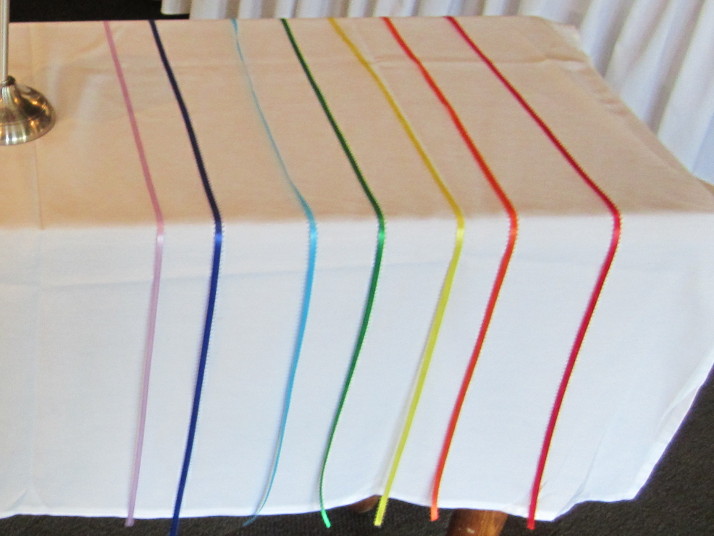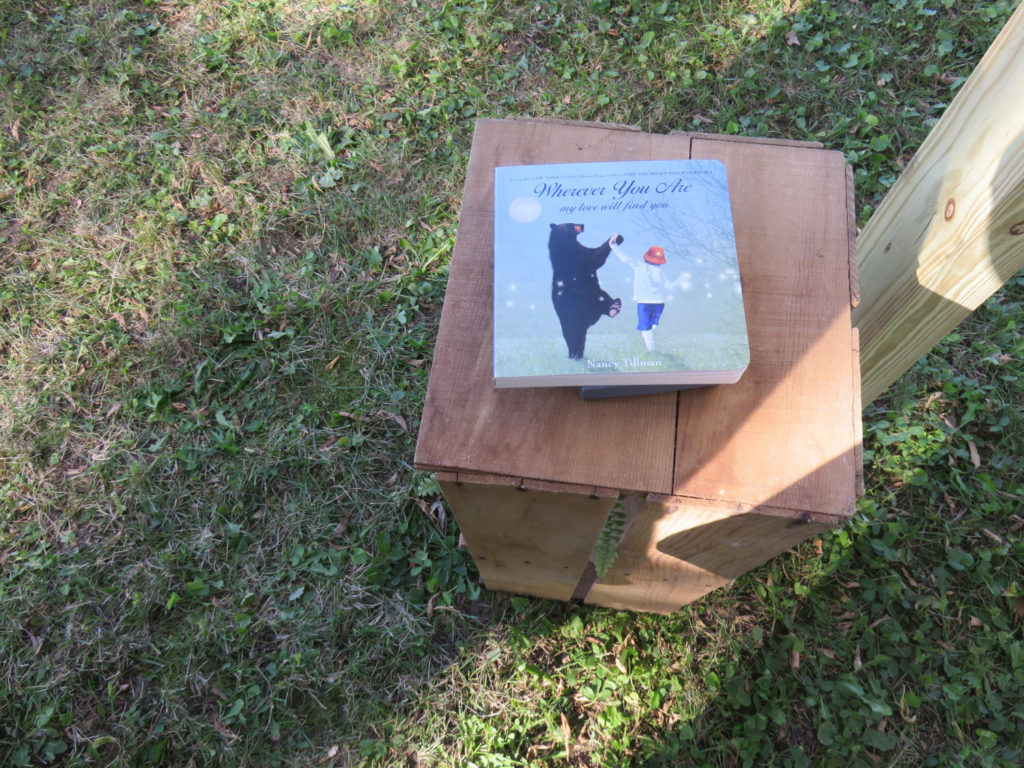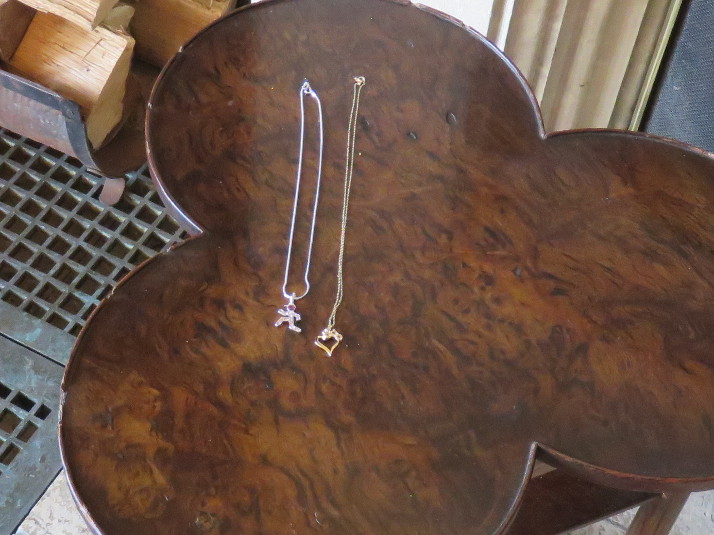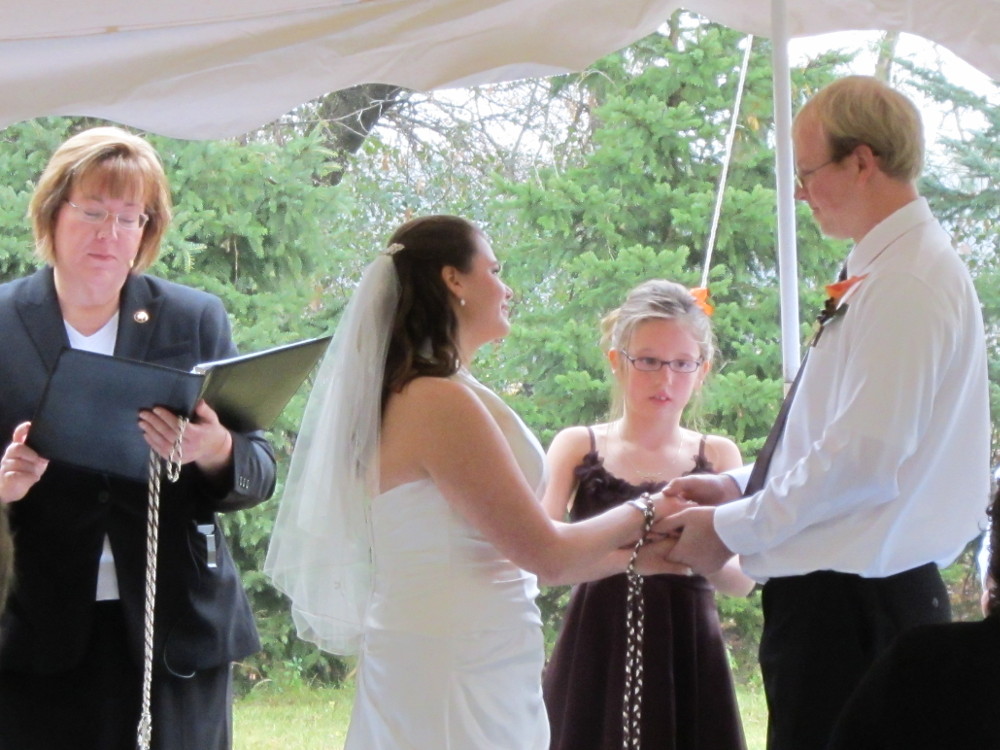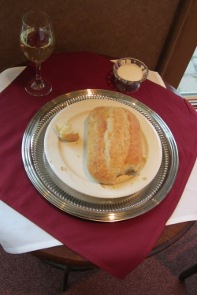Including Children in Your Ceremony
Including children in your ceremony is a lovely idea, but must be done with care. Your children from a previous relationship become part of a new blended family when you marry. While you are excited and positive about this new phase of your life, they may have very mixed feelings.
Depending on the situation, your children may view your fiance(e) as an interloper. They may feel that your attention is now divided, and they may be resentful. Maybe they haven’t had enough time to really know this new person yet. They may feel loyalty to their other parent.
If your new fiance(e) also has children, the situation is more complex. In addition to becoming acquainted with a new step-parent to be, they will need to build relationships with new step-siblings. Simple things like sharing rooms, and having more activity and people around the house can create stress.
Understanding your children’s feelings about your upcoming marriage is critical when planning your wedding ceremony. Plan to have a chat with them about it during a quiet, private time. Ask about their feelings. Ask about their concerns. Don’t try to “fix” their feelings, but understand and accept them. It’s helpful to give your children options regarding their level of involvement in the ceremony.
Perhaps they would be most comfortable simply sitting with grandparents. Maybe they want to hand out programs to guests as they enter the ceremony space. They might be interested in walking you down the aisle. And maybe they even want to participate in some kind of family ritual during the ceremony.
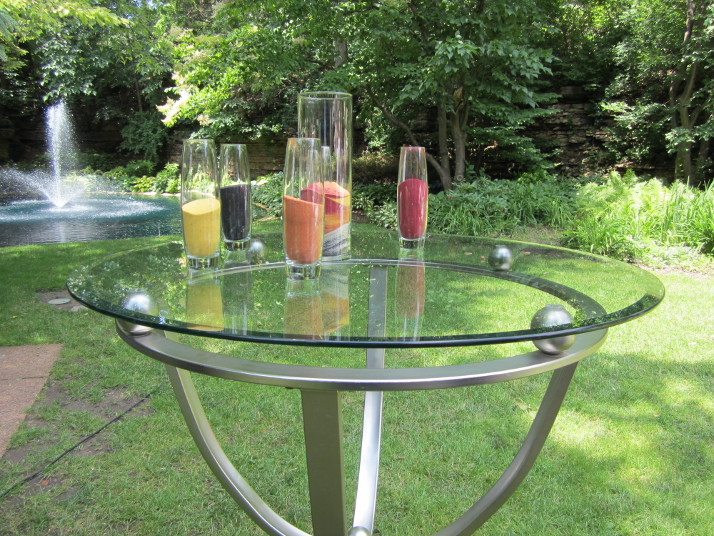
All of these are options. Notice, however, that none of them involve the children speaking during the ceremony. Especially if the children are teenagers or younger, I recommend not asking them to speak. You can make promises to them if you wish. Perhaps they want to join in a family sand blending ritual. Or maybe they even want to stand up as a junior bridesmaid or groomsman. But having a child speak in front of your guests can be very stressful for them. They may be experiencing conflicting or uncertain emotions at the actual ceremony. Allow them the space they need to process the significance of your marriage.
If they are interested in participating, including children in your ceremony can provide memorable moments and great photos. But you’ll want to avoid trauma and stress if your children aren’t interested in joining in. You’ll have lots of time after the wedding day for your children to become more comfortable with the situation. Keep their thoughts and concerns front of mind while planning your special day.

